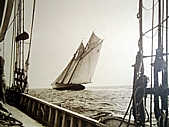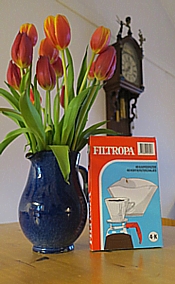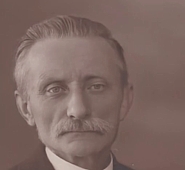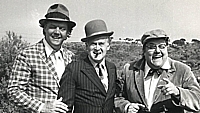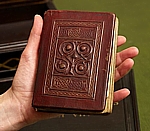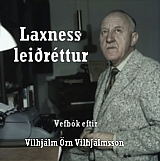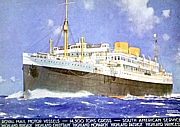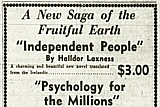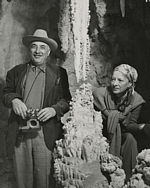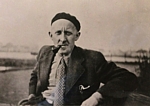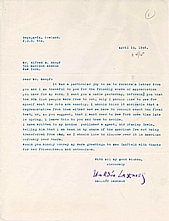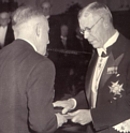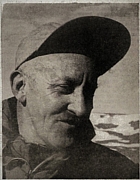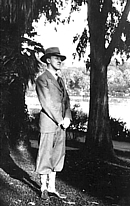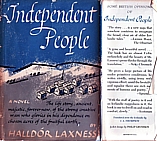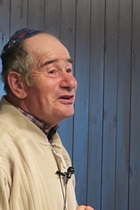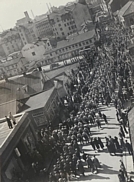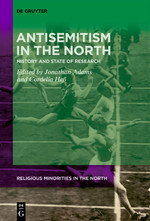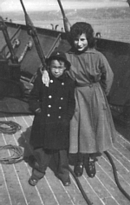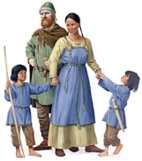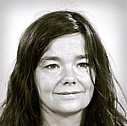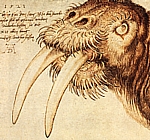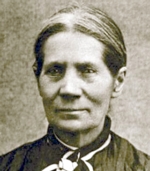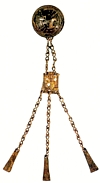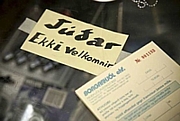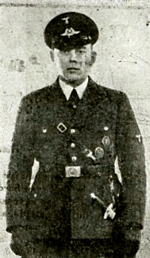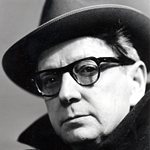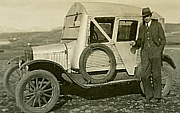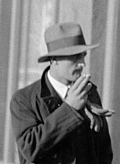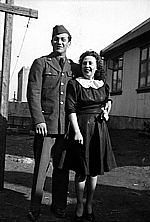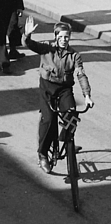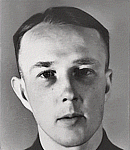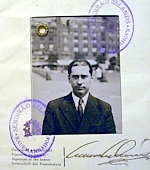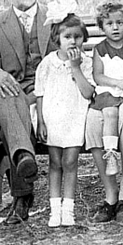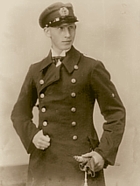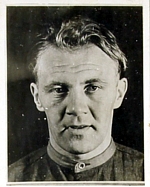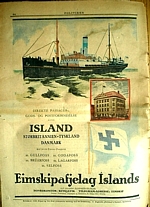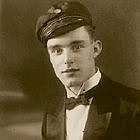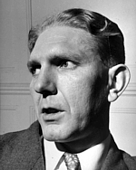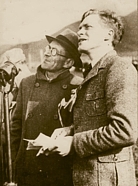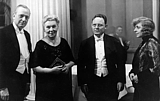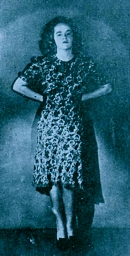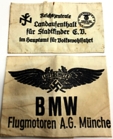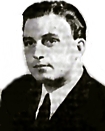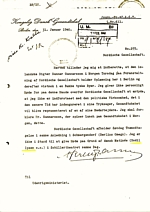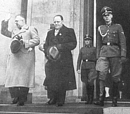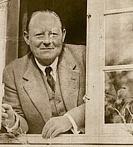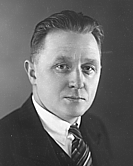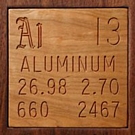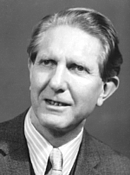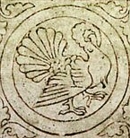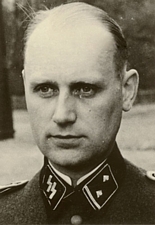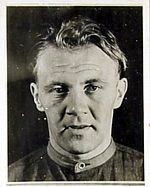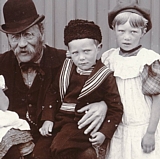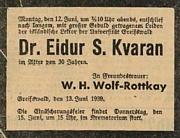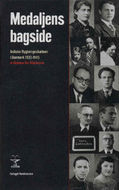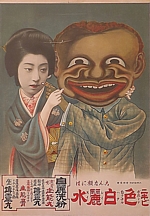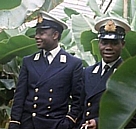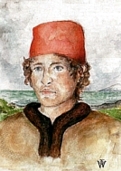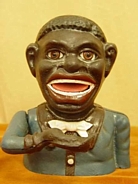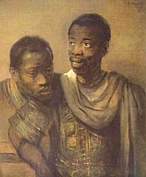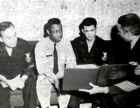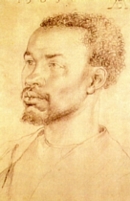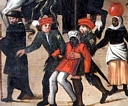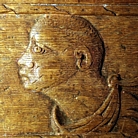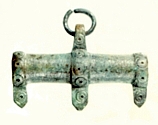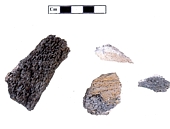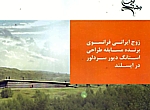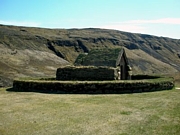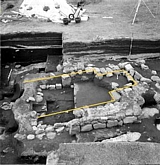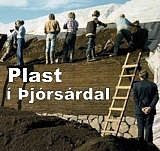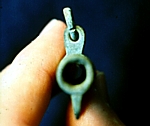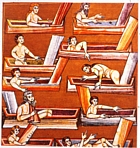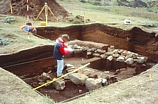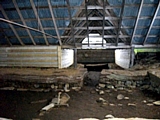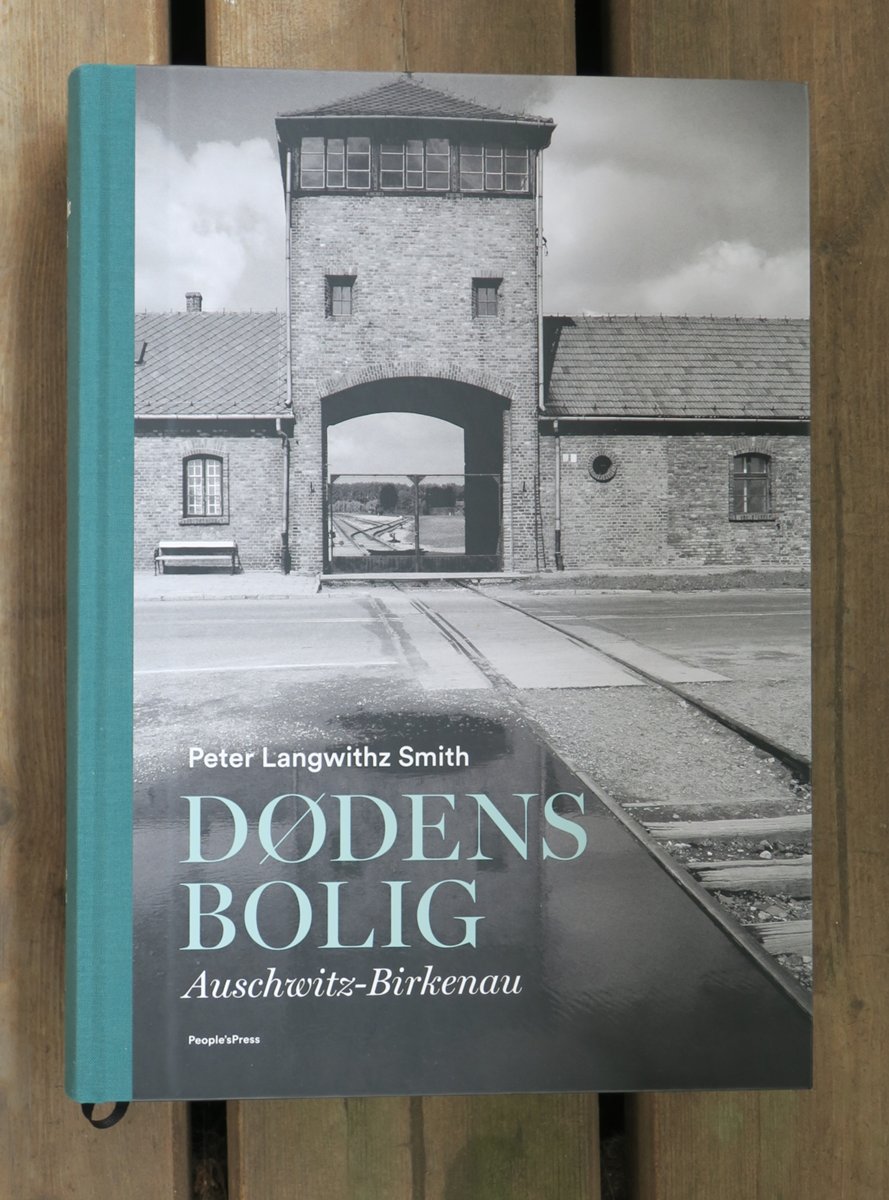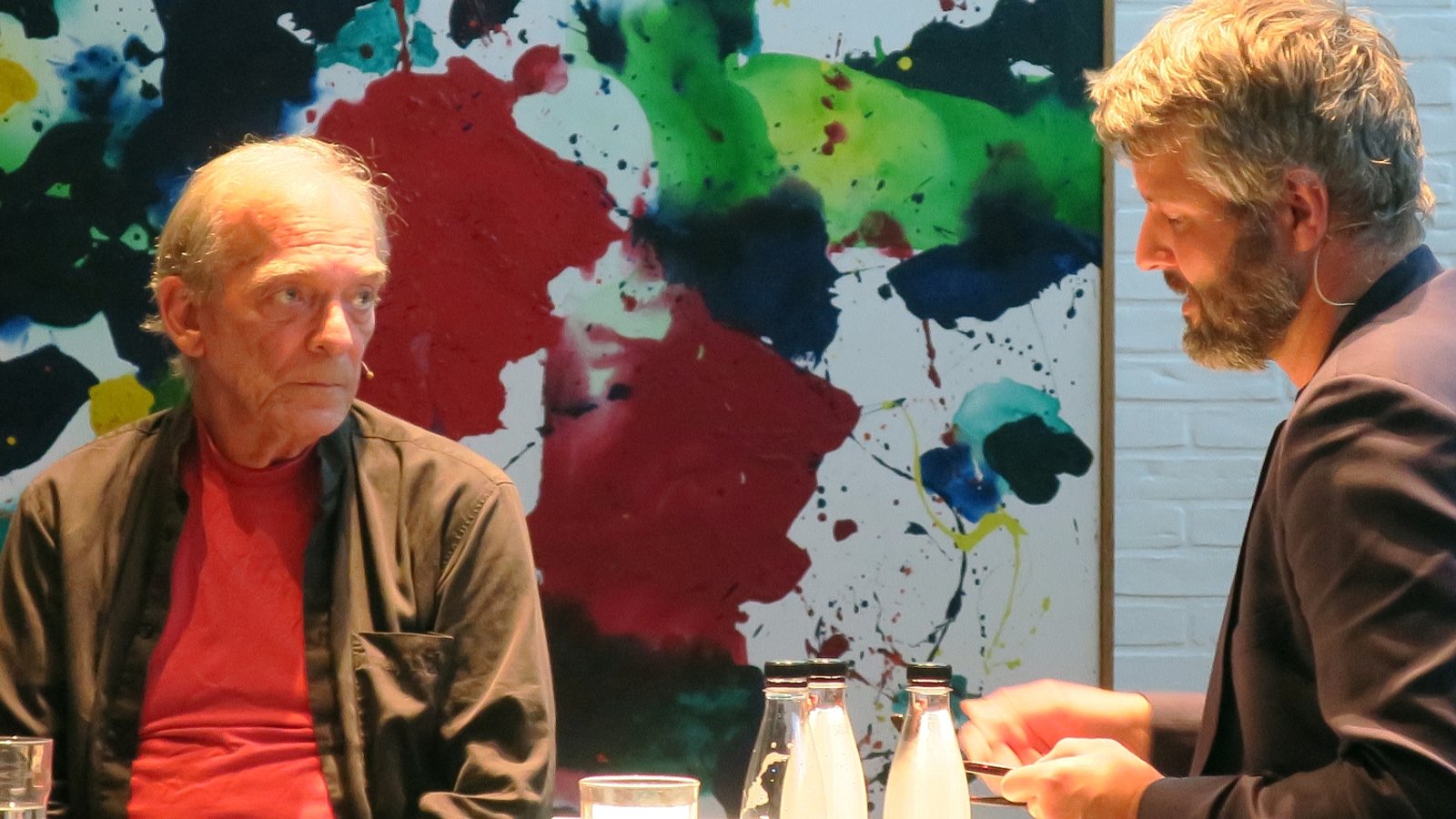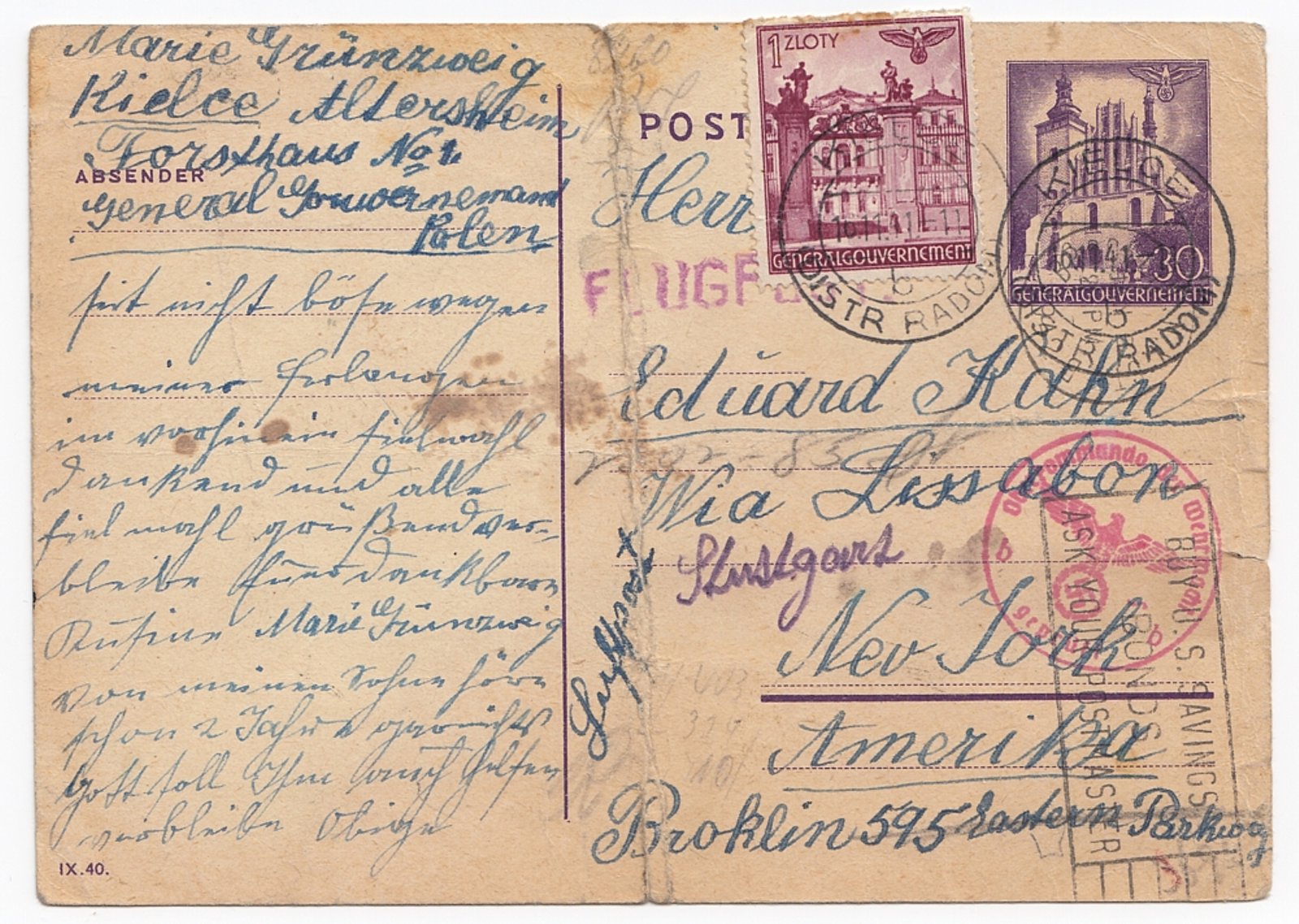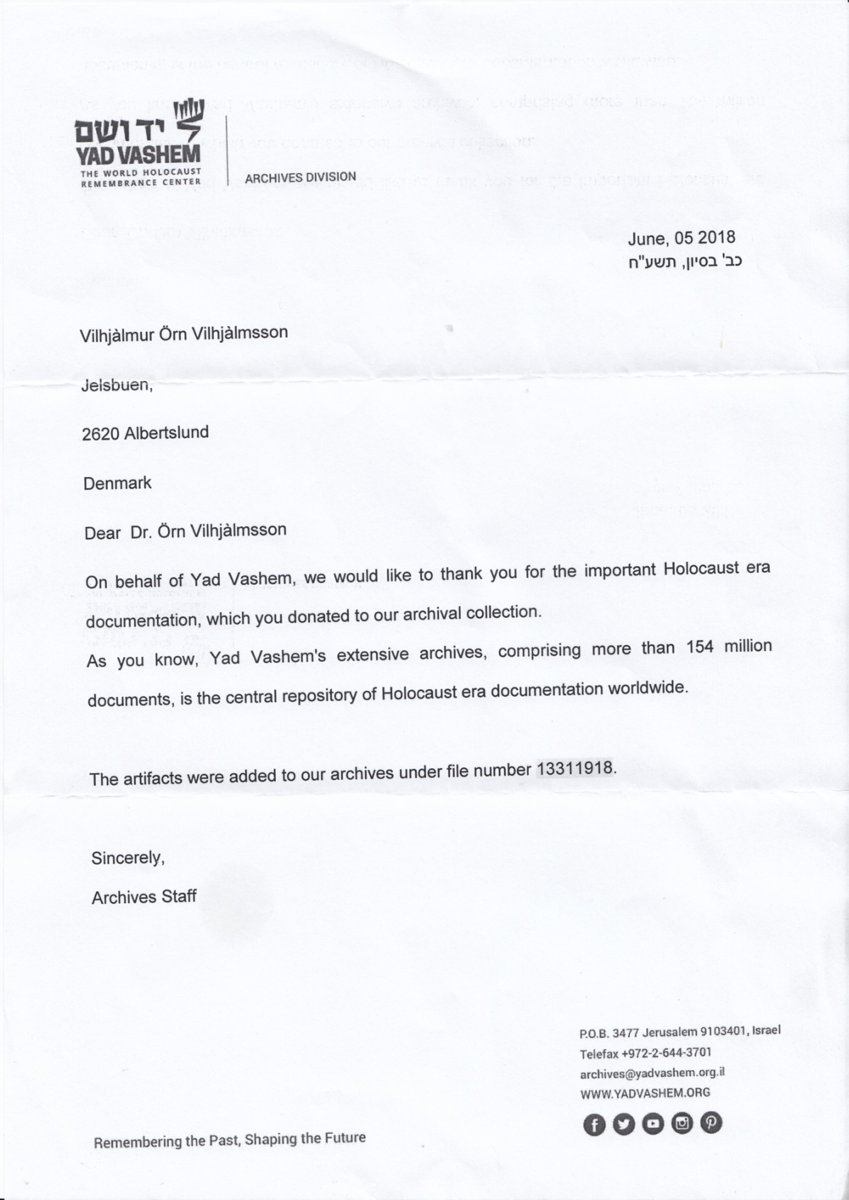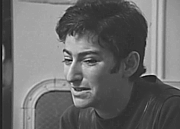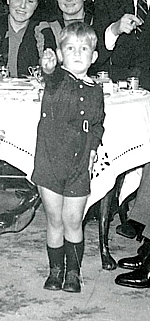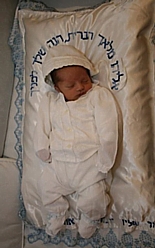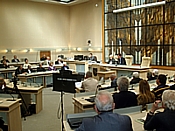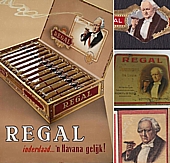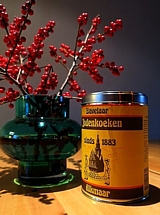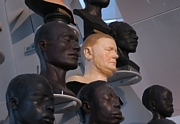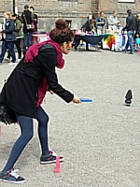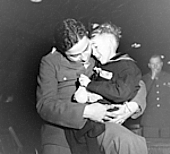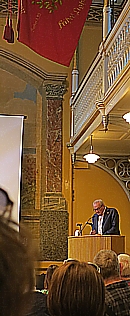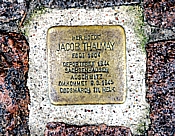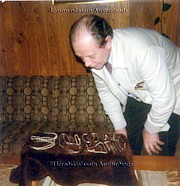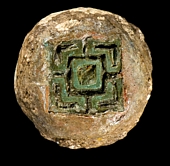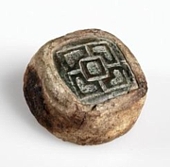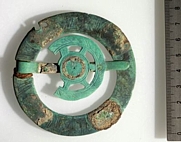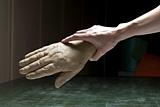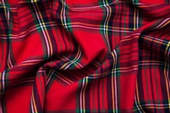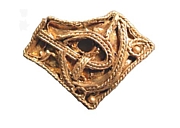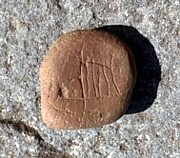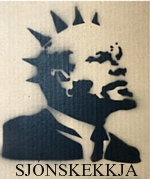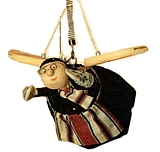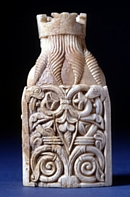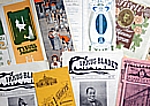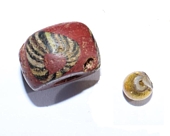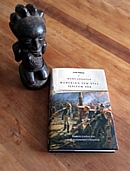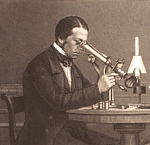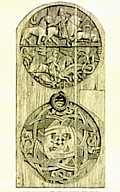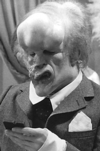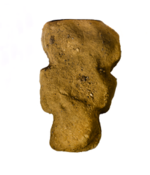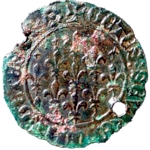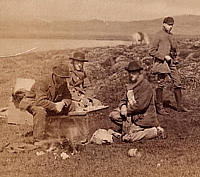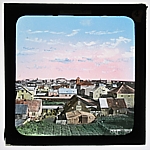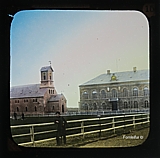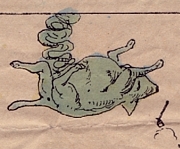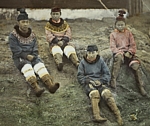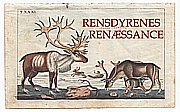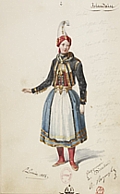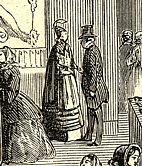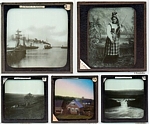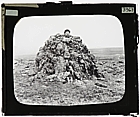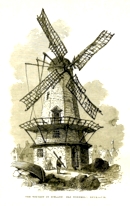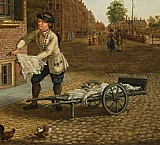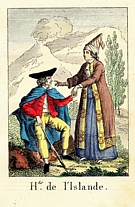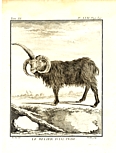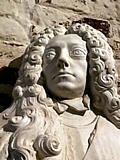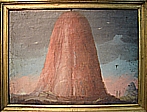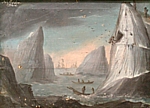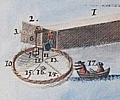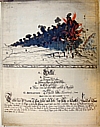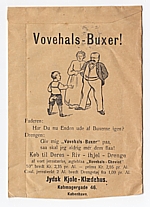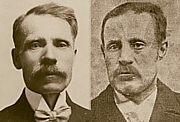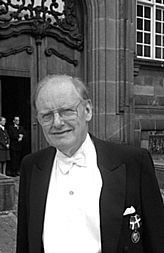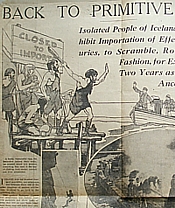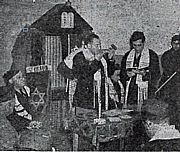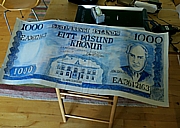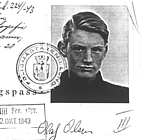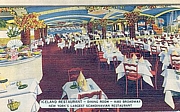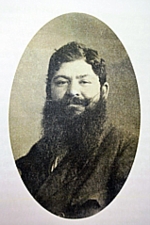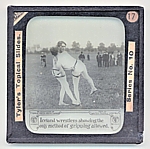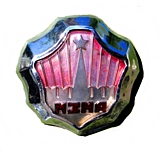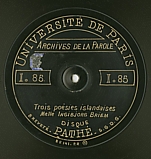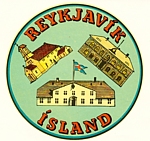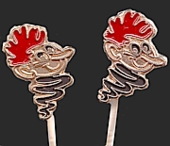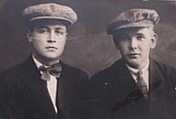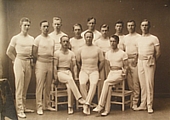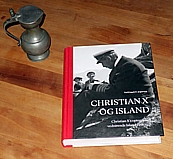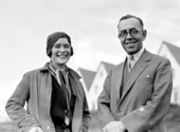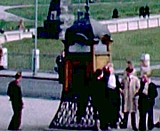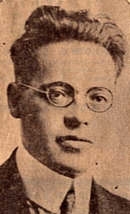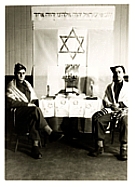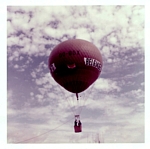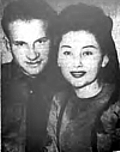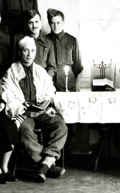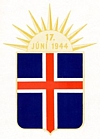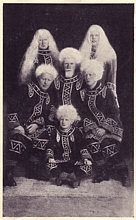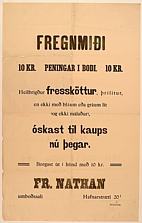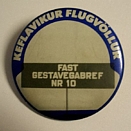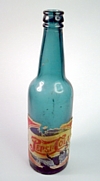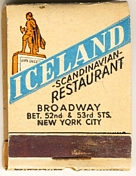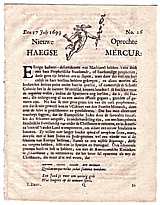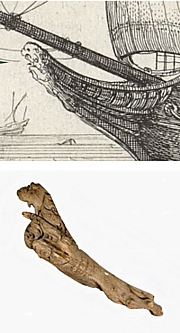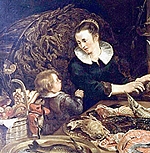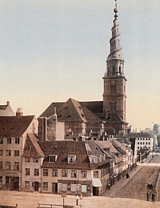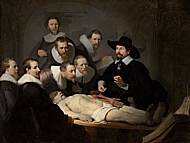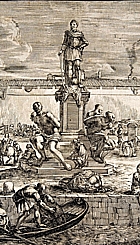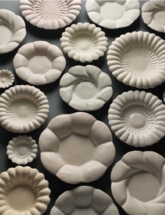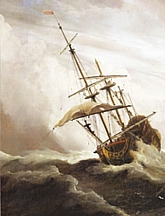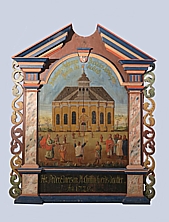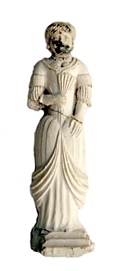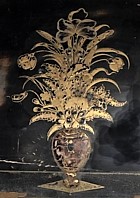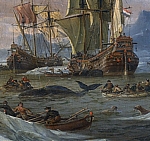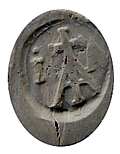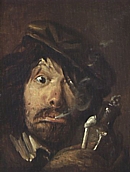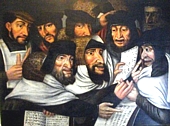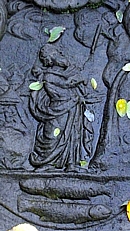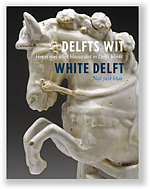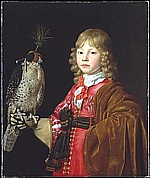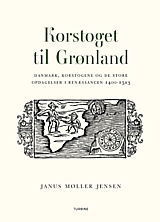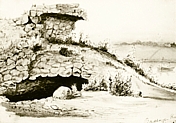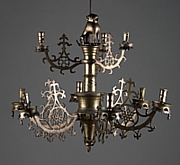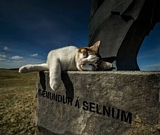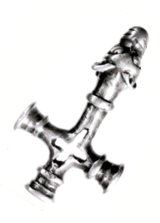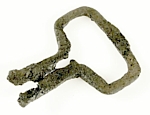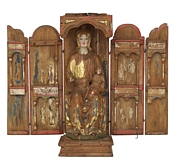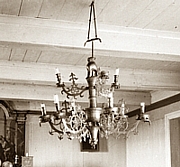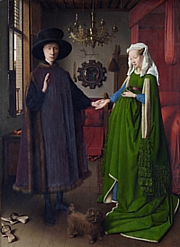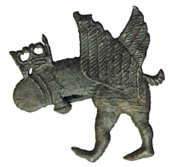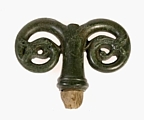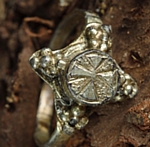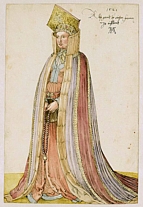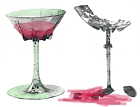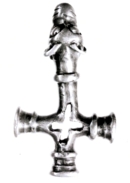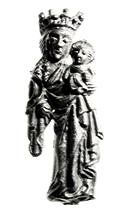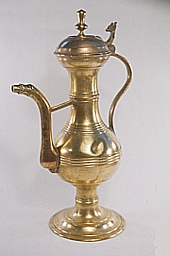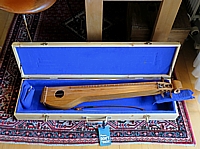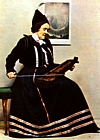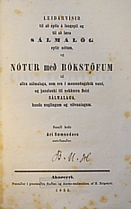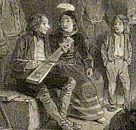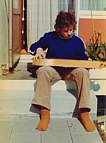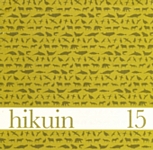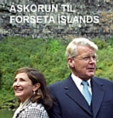Fćrsluflokkur: Shoah
Danskt meistaraverk um Auschwitz
13.6.2019 | 07:11
Í síđustu viku brá ég mér bláa Skodanum mínum á listasafniđ Louisiana í Humlebćk norđan Kaupmannahafnar.
Í ađsigi ţrumuveđurs ók ég rólegu leiđina, um Bellevue og eftir Strandvejen, í gegnum hverfi höfuđríkra Dana. Ţá var mér hugsađ til nokkurra ţeirra sem áđur bjuggu ţar, og sem ţénuđu mjög vel á síđari heimsstyrjöldinni. Ţá var samvinnupólitík viđ völd í Danmörku og margir Danir róma enn samvinnuna viđ Ţýskaland nasimans. Sú "pólitík" Dana, sem var ekkert annađ en undirlćgjuháttur ţjóđar sem alltaf litiđ upp til nágrannanna í suđri, og sumir hrćđst, varđ til ţess ađ saklaust fólk, gyđingar, kommúnistar, sígaunar og ađrir voru sendir í hendur morđingja. Dönsk yfirvöld sendu fólk til Ţýskalands, án ţess ađ ţurfa ţess og flestir sem hlutu ţau örlög voru myrtir í fanga- og útrýmingarbúđum nasista
Tilgangur safnaheimsóknar kl. hálfátta á drungalegu sumarkvöldi var viđtal sem tekiđ var viđ Peter Langwithz Smith um nýja bók hans, Dřdens Bolig, sem nýlega kom út hjá forlaginu People´s Press í Kaupmannahöfn.
Ég ţekki Peter örlítiđ og var međ honun í Auschwitz áriđ 2001 á ferđalagi starfsmanna Dansk Center for Holocaust og Folkedrabsstudier, ţar sem ég starfađi sem sérfrćđingur (seniorforsker) 2000-2002. Međ í förinni voru menntaskólakennarar, m.a. Peter, sem var ţeirra langfróđastur. Hann hefđi átt ađ vinna á stofnun okkar frekar en margir ađrir sem ţangađ voru ráđnir og aldrei luku neinu ćrlegu verki.
Ţegar kemur ađ ţekkingu á Auschwitz, veit líklega enginn meira en Peter Langwithz Smith. Hann, og annar vinur minn Torben Jřrgensen sagnfrćđingur, jusu af brunni ţekkingar sinnar á morđbúđum nasismans um gjörvallt Pólland í ferđinni áriđ 2001. Peter og Torben er einnig hćgt ađ ţakka ađ ţúsundir danskra ungmenna hafa fengiđ frćđslu um hrylling nasismans. Ég frćddist mikiđ í ferđalaginu áriđ 2001, sem ég er ţó ekki tilbúinn til ađ endurtaka í bráđ. Ţví kemur bók Peter Langwithz Smith sér vel. Nú er hćgt ađ sitja heima og frćđast um Auschwitz í smáatriđum, en ef ég kćmist aftur međ Peter og Torben, myndi ég vitaskuld strax ţakkast bođiđ.
Ég keypti mér nýlega bók Peter Langwithz Smith. Ţađ er mikiđ verk og stórt í sniđum. 25x35 cm ađ stćrđ, nćrri 4 kg ađ ţyngd og 765 blađsíđur. Bókin inniheldur fjölda ljósmynda, bćđi eftir höfund og gamlar myndir frá stríđsárunum eđa frá ţví rétt eftir stríđsárin.
Ţótt bókin sé ţung, bókstaflega sagt, ţá er hún mjög lćsileg og máliđ er fyrirtaksgott enda var Peter lektor í ţýsku og dönsku, lengst af í menntaskóla í Esbjerg.
Peter Langwithz Smith til vinstri. Ljósmynd Vilhjálmur Örn Vilhjálmsson 2019
Efni bókarinnar er auđvitađ ekki skemmtiefni, sem flestir vilja fá úr bókum sem ţeir lesa. Bókin er miklu meira en ţađ. Hún er fágćtt frćđirit, en einnig góđur minnisvarđi, uppsáttarit og andsvar viđ öllu ţví rugli sem helfararafneitarar og ađrir andlegir dindlar spređa um allar jarđir eftir ađ veraldar-vefurinn varđ kćrkomiđ verkfćri ţeirra.
Allir skólar og menningarstofnanir ćttu ađ eiga eintak af bók Langwithz Smiths og hún á erindi til hinna Norđurlandanna. Vonandi verđur hún gefin út á öđrum tungumálum en dönsku, ţví höfundi hefur tekist ţađ sem engum öđrum hefur áđur tekist: Ađ ná heildartökum á ţekktasta stađ morđćđi nasismans.
Hingađ til hef ég lesiđ bókina á ţann hátt ađ ég vel mér kafla af handarhófi ţegar ég hef tíma og er í ţeim móđ ađ geta lesiđ svo ţungar bćkur. Mađur sekkur strax í textann. Stundum verđur mađur ađ leggja bókina frá sér, ţví ţađ sem lýst er er svo hrćđilegt og átakanlegt.
Kvöldviđrćđan viđ Peter Langwihtz Smith á listasafninu Louisiana í Humlebćk heppnađist einstaklega vel. Hljómleikasalurinn á Louisiana var fullur og áheyrendur áhugasamir. Út á Eyrarsundi heyrđist í hrikaleg ţruma í byrjun viđtalsins viđ Peter, svo ein minni og ţá fór ađ rigna örlítiđ. Jafnvel veđriđ hentađi viđburđinum.
Ég rćddi lítillega viđ Peter eftir fyrirlesturinn, ţar sem hann áritađi eintak mitt af bókinni og einnig fyrir ađra sem keyptu bókina í bóksölu listasafnsins. Líklegast á bókin ekki eftir ađ verđa best-seller í bókabúđ Louisiana ţar sem hún var dýr.
Bókina ber óefađ ađ kjósa sem besta frćđiritiđ í Danmörku áriđ 2019. Ţó áriđ sé vart hálfnaĺ má vart búast viđ betri bók.
Bókin, sem er innbundin, er ekki dýr á netinu, og vonandi kaupa Íslendingar hana líka, ţví bókin á vitaskuld erindi í litlu landi, ţar sem sumt fólk á ţađ til ađ líkja byggđastefnu yfirvalda á Vestfjörđum viđ Auschwitz og gćluverkefni góđmennsku sinnar, Gaza, viđ gettó helfararinnar. Svo kunna Íslendingar vel ađ lesa dönsku, sem er enn meiri ástćđa til ađ ná sér í ţetta mikilvćga verk hafi mađur áhuga á sögu síđari heimsstyrjaldar og sjúkdómnum gyđingahatri. Skólar ćttu ađ ná sér í eintak og nota bókina í dönskukennslu.
Peter Langwithz Smith
Dřdens Bolig : Auschwitz-Birkenau
People´s Press, Křbenhavn 2019
765 bls.
Bókin fćr:
Shoah | Breytt 3.7.2019 kl. 10:22 | Slóđ | Facebook | Athugasemdir (2)
Wiener Blut
24.10.2017 | 11:04
Imagine finding the last signs of life from a person at an Internet stamp auction.
I didn´t believe my own eyes when I by pure chance came across a letter-card that was sent from Kielce in Poland to Brooklyn NY in November 1941. Earlier this year the card was on sale at a Danish internet stamp auction. I haven´t collected stamps since I was 12 years old, and had only done business with the Danish stamp-dealer when buying matters of historical interest, e.g. a postcard of a remote village in Greenland, which I have done research on, as well as few Icelandic ex-pat election envelopes, which according to Icelandic law should have been deleted after parliament elections in the 1970s and 1990s.
The card was posted in Kielce in Poland, a city, which is maybe best known for the massacres committed by the locals on Jews who returned to the city after WWII – a fact which seemingly is very difficult for some Poles to acknowledge.
The card was sent by Marie Grünzweig (b. March 16, 1874), who wrote to emigrant relatives or acquaintances, Dr. Eduard Kahn and his wife Sofie in Brooklyn.
Mrs. Grünzweig was Jewish and was deported by the Nazis on a transport to the East from Vienna on 14 February 1941. The destination of the transport was the ghetto of Kielce.
The address for Mrs. Grünzweig, on her card dated on 14 November 1941, was Altersheim at Forsthaus No 1., The old peoples´ home at Forrest house No 1.
For some years now I have been working on a book on the short life of Polish historian Dr. Stefan Glücksman, who travelled to Denmark in 1939 to study. In January 1941 he was deported by the Danish authorities from Denmark and killed in the Gross Rosen SS-camp in November 1941. Some of his close relatives, who were not living in Warsaw, were originally from Kielce. In my research on Dr. Glückman’s relatives, who still lived in Kielce after 1939, I had never seen any mention of an old peoples´ home nor Forsthaus No 1. Honestly, the address didn´t sound very much like it was in the ghetto of Kielce, but rather on the outskirts of the town or on the border of the ghetto which lay near to a forest or some trees.
A little research revealed that the address in Kielce was registered by the DÖW (Documentation Centre of Austrian Resistance) in Vienna. In their database, which is accessible to the public on the Internet, one can find letters from Mrs. Berta Brandweiner, who in 1943 was admitted to the Altersheim in Kielce after being a patient at the hospital or sick bay in the Kielce-ghetto. In May 1941 the address for the Altersheim is not mentioned as Forsthaus 1, like it is in the letter of Mr. Grünzweig. I can, however, see that in October 1941 Mr. Brandweiner´s address was Forsthaus 1.
Who was Mrs. Grünzweig
There is mention of Marie Grünzweig in an excellent article by Claudia Kuretsidis-Haider entitled Vertreibung und Vernichtung Jüdische Schicksale vor dem Hintergrund von Shoah und erzwungener Emigration 1 – ein Werkstattbericht , which mostly deals with her son Walter Grünzweig among other people. Marie Grünzweig had a grocery store in the 10th district of Vienna, in Leibnitzgasse 45, where she lived together with her son Walter and daughter in law, Frieda (born Wenkert).
Her son, Walter, had became politically involved in the Socialist Workers Youth (Sozialistischen Arbeiterjugend). His political activities had brought him to the attention of the Police. He was arrested in 1935 and after his release from prison he fled to Palestine, when he heard that the Police was planning to arrest him again. Walter lived in Haifa with his wife
In March 1938, after the Anschluss, Marie Grünzweig lost her flat and her shop was "Aryanized". Last known information about her was that she was living in a collective apartment for deportees at Bergstrasse 8 in the 9th Vienna district.
On 19 February 1941 Marie Grünzweig was brought to the Aspangbahn railway station in Vienna with 1003 Jewish men, women and children and deported to Kielce.
How Mrs. Grünzweig´s postcard from the Kielce Ghetto, sent to New York, ended up in Denmark is still a mystery. Are people so cynical to sell the last remains of people at a stamp auction? I myself had to carefully consider why I bought this card. I bought it to donate it to the Yad Veshem, The World Holocaust Remembrance Center in Jerusalem - so they have more information on Marie Grünzweig but a name, birthday and a deportation date. [On 19 February 2018 I personally handed it to the corators at the collections "Gathering the pieces"] Mrs. Grünzweigs life was one of millions destroyed by Nazi terror. Everything we can add of information about the lives of the victims is important.
Mrs. Grünzweig might not have lived long after she wrote her card to the Kahn-family in New York. In the summer of 1942 the Jews in the ghetto of Kielce were transported to Treblinka where they were killed. The card to Mr. and Mrs. Kahn of Crown Highs, Brooklyn might have been sold off to a rag picker when their house was cleared after their death, and wandered from dealer to dealer for years, until it was bought by someone in Denmark.
Now the last words of Mrs. Grünzweig will end up in Israel. Her wanderings have ended.
The Nazi censorship removed a sentence out of Mrs. Grünzweig´s card. Modern methods might possibly let us know what she wrote and the Nazis didn´t want us to see.
Later addition
The postcard and relevant information relating to Mrs. Marie Grünzweig were handed over to the Yad Vashem Gathering the Fragments department during me and my son Ruben´s visit to Jerusalem in February 2018. The donation was later confirmed in the below letter from the Yad Vashem on the 5th of June 2018. The letter-card and information were added to the Yad Vashem´s archive under file number 13311918.
The author
Dr. Vilhjálmur Örn Vilhjálmsson is a Denmark-based, Icelandic national, archaeologist and historian. Formerly senior researcher of the Danish Center for Holocaust and Genocide Studies in Copenhagen and editor in chief of Rambam, the annual of the Danish Jewish Historical Association; Occasionally a researcher for the Simon Wiesenthal Center branch in Jerusalem. Dr. Vilhjálmsson is the sole editor of the blog-site you are reading.
Shoah | Breytt 26.11.2018 kl. 12:10 | Slóđ | Facebook | Athugasemdir (0)


